What should you see at the Louvre if you are visiting the museum for the first time? What great masterpieces are kept there? How can you find the most interesting things in this huge palace? To make your visit as informative as possible, download our audio guide to the Louvre.
» READ MORE – TouringBee: Your Audio Guide to the Louvre for a Self-Guided Walk
Please note! The Louvre ticket offices no longer sell tickets to the museum. Almost all ticket offices are closed. Tickets are only sold online and are usually sold out 1–2 weeks in advance. You can buy tickets for your chosen date here.
10 tips for visiting the Louvre
- The Louvre is enormous, so don’t expect to see everything in one visit. It’s better to choose a few sections that interest you most
- Our audio guide is ideal for first-time visitors. Its route takes you through the museum’s most popular exhibits. Download the audio guide app here
- Don’t confuse the Louvre with the Orsay Museum. If you’re looking for the Impressionists, go to the Orsay
- Choose morning tickets to the Louvre. There will be fewer visitors
- On Fridays, you can walk around the Louvre until 9:45 p.m. The museum is closed on Tuesdays
- You can visit the Louvre for free on the first Saturday of every month, from 6:00 p.m. to 9:45 p.m. Only the Denon and Sully wings are open during this time, but that’s where the Mona Lisa is located
- Many great masters can also be seen at the Museum of Fine Arts in the Petit Palais. Admission to this museum is always free
- After visiting the Louvre, take a stroll through the Tuileries Garden. The park is filled with sculptures, just like the museum
- Before buying a ticket to the Louvre, check out the Paris Passlib or Museum Pass offers. These tourist passes include access to the main museums and sightseeing tours and offer great value
Mona Lisa
Undoubtedly, the main exhibit of the Louvre is the Gioconda, or Mona Lisa, painted by Leonardo da Vinci. All the museum signs lead to this painting. Japanese television funded an entire room in the former palace for this masterpiece, and the Mona Lisa is now protected by a thick layer of bulletproof glass, guarded by two security personnel, and constantly surrounded by a crowd of tourists.
The Mona Lisa cannot be seen anywhere else but the Louvre. The museum’s management has decided never to loan the painting out again.
The Mona Lisa is located in the Denon wing of the Louvre, in Room 711 of Italian painting.
Venus de Milo
Aphrodite, or Venus de Milo, is nearly as famous as the previous lady. Alexander of Antioch is believed to be the sculptor.
Where did Venus de Milo’s arms go? According to one version, the marble beauty lost them after being discovered in 1820. This sparked a dispute between the French, who found the sculpture, and the Turks, who owned the island where the statue was discovered. One thing led to another, and Aphrodite was left without arms.
Venus de Milo is located in the Sully section, on the ground floor, in Room 345 of Greek, Etruscan, and Roman antiquities.
Nike
Another famous woman in the Louvre is Victoria of Samothrace, also known as Nike. Unlike the previous heroine, the goddess of victory lost not only her arms but also her head. However, her confident stride and wings have been preserved – and most importantly, the feeling of flight.
The sculpture is located on the second floor of the Louvre, in the Denon wing, on the stairs in front of the entrance to the Italian painting gallery and the Apollo room.
Ramses II
The antiquities in the Louvre don’t end there. Another masterpiece is the seated statue of Ramses II.
The Egyptian pharaoh is located in the Sully wing, Egyptian antiquities, Room 12 (temporarily exhibited in the new Louvre in Abu Dhabi).
Overall, the Louvre has one of the richest collections of Egyptian antiquities in the world. For example, the famous statue of a seated scribe is located on the first floor of the Sully section, in Room 635.
Hammurabi Stele
The Louvre has a remarkable collection of Mesopotamian monuments. The most famous of these is the Hammurabi Stele, which contains the world’s first written code of laws.
It is located on the basement floor of the Richelieu wing, in Room 227.
The Captive
The statue The Captive or Dying Slave was created by Michelangelo. It is not David (he is in Florence), but it deserves no less attention.
First floor, Denon wing, Room 403, Italian sculpture.
In the same room, you will also find Canova’s Cupid and Psyche.
French art
The Louvre’s collection of French paintings is, unsurprisingly, the largest in the world. One of the most famous monumental works is The Coronation of Emperor Napoleon I by Jacques-Louis David. Pay attention to this painting even if you don’t admire Napoleon — for the French, he is a national hero.
The painting is located in Room 702 of French painting on the first floor of the Denon Gallery.
Nearby, you’ll find other world-renowned works such as Liberty Leading the People by Eugène Delacroix, The Raft of the Medusa by Théodore Géricault, and The Death of Marat by Jacques-Louis David.
» READ MORE – Great artists and their museums in France
The Lacemaker
Another masterpiece worth seeing at the Louvre. The Lacemaker is one of the most famous paintings by Dutch artist Jan Vermeer – and also his smallest work.
Second floor of the Richelieu Gallery, Room 837.
The Old Louvre
As mentioned earlier, there was a medieval Louvre, but it was destroyed and later rebuilt. The remains of the old castle were eventually uncovered by archaeologists, and now visitors can see them.
You can reach the Old Louvre through the Sully entrance and then go to the basement.
Napoleon III’s apartments
We highly recommend visiting the apartments of France’s last emperor, Napoleon III. As ruler, he occupied several rooms in the former palace, and his chambers are remarkably well preserved.
Several rooms in the Richelieu wing, on the second floor.
You can then continue your walk through the galleries decorated in the Empire style.
The Grand Odalisque
This painting by French artist Jean-Auguste-Dominique Ingres sparked intense debate among critics.
The issue was anatomical. The artist gave the reclining woman five extra vertebrae, unnaturally lengthened her right arm, and oddly bent her left leg. The woman, incidentally, is said to be Napoleon Bonaparte’s sister.
You can see her in the Denon wing, on the first floor, in Room 702.
Horses of Marly
This pair of sculptures, depicting rearing horses and strong men trying to restrain them, was created by French sculptor Guillaume Cousteau (the elder). It was commissioned by King Louis XV, known as the Beloved, for his castle in Marly.
Admire the statues in the courtyard of the Richelieu wing, in Room 102.
Girl Before a Mirror
Mona Lisa’s beautiful neighbor is just as captivating and was painted by Titian.
Her loose hair adds intimacy to the moment, as women traditionally only let their hair down in private. According to one version, Titian depicted his beloved in the painting. But most likely, she was a model.
Denon wing, first floor, Room 711 of Italian painting.
Buy a ticket for a tourSaint Mary Magdalene
This wooden statue of a Christian saint was created by German sculptor Gregor Erhart in the early 16th century. It is believed that it was originally intended for a Dominican monastery, but now it is part of the Louvre collection.
You will find it on the -1st floor of the Denon Wing, in Room 169.
The Cardsharper with the Ace of Diamonds
This painting didn’t find its true author immediately. It was first attributed to someone other than Georges de La Tour. It depicts a typical scene of the era: a young, naive man being blatantly cheated at cards.
It is on display in the Sully Gallery: second floor, Room 912.
The Wedding at Cana
In this monumental painting, Paolo Veronese depicted one of the most famous biblical stories – Jesus turning water into wine.
Among the 130 wedding guests, you can spot prominent Renaissance rulers such as Suleiman the Magnificent and Francis I. Veronese also painted himself and his colleagues, Titian and Tintoretto, as musicians.
The painting is located in the Denon wing, on the first floor, in Room 711, directly opposite the Mona Lisa.
Buy a ticket for a tour of the LouvreTapestry of Charles VII
Two angels on a red background hold a crown surrounded by the sun and many stars. The tapestry once hung above the royal throne, with the angels appearing to crown the ruler seated beneath.
You will find it on the first floor of the Richelieu wing, in Room 505.
Sceptre of Charles V the Great
The king commissioned the sceptre for his son, but it was later used in nearly all French coronations until the late 18th century.
It is now on display at the Louvre: Richelieu Wing, first floor, Room 504.
The Lion and the Serpent
The bronze statue of a lion defeating a serpent can only be seen at the Louvre. However, replicas can be found elsewhere. One of them, carved in stone, stands in the Tuileries Garden.
To view the original, go to the -1 floor of the Richelieu wing, Room 105.
The Regent Diamond
The crown jewel among the Louvre’s main exhibits is a diamond considered the most beautiful in the world. Its estimated value is $61 million.
The diamond is kept on the first floor of the Denon wing, in Room 705.
According to legend, it was found by an Indian slave who hid the stone in a wound on his leg and offered to share it with an English captain in exchange for help escaping India. But the captain killed him and sold the diamond himself.
We wish you plenty of time and energy to enjoy all the most fascinating sights in the Louvre. Happy travels!

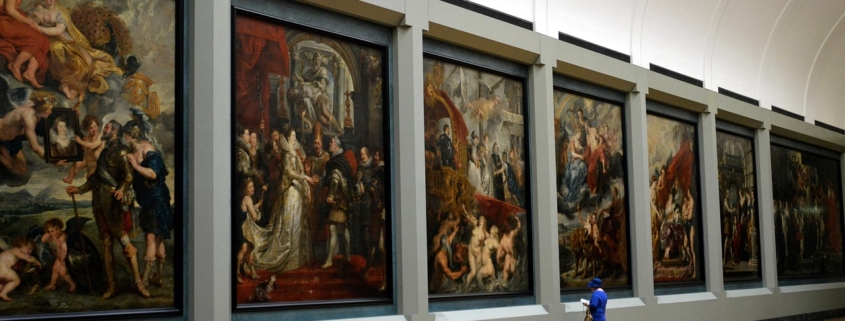



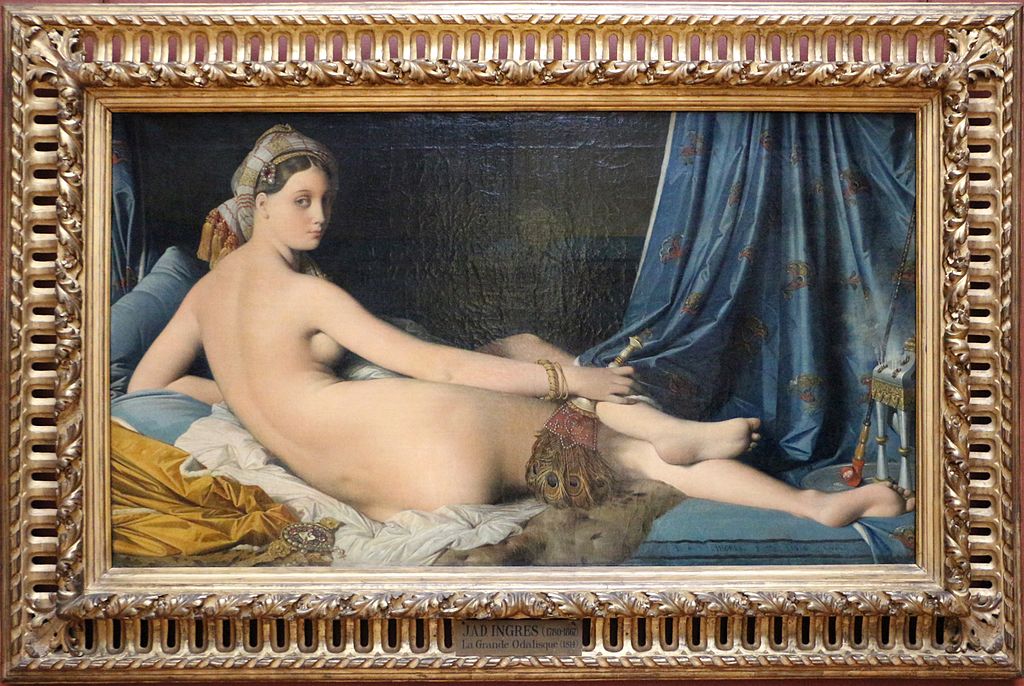

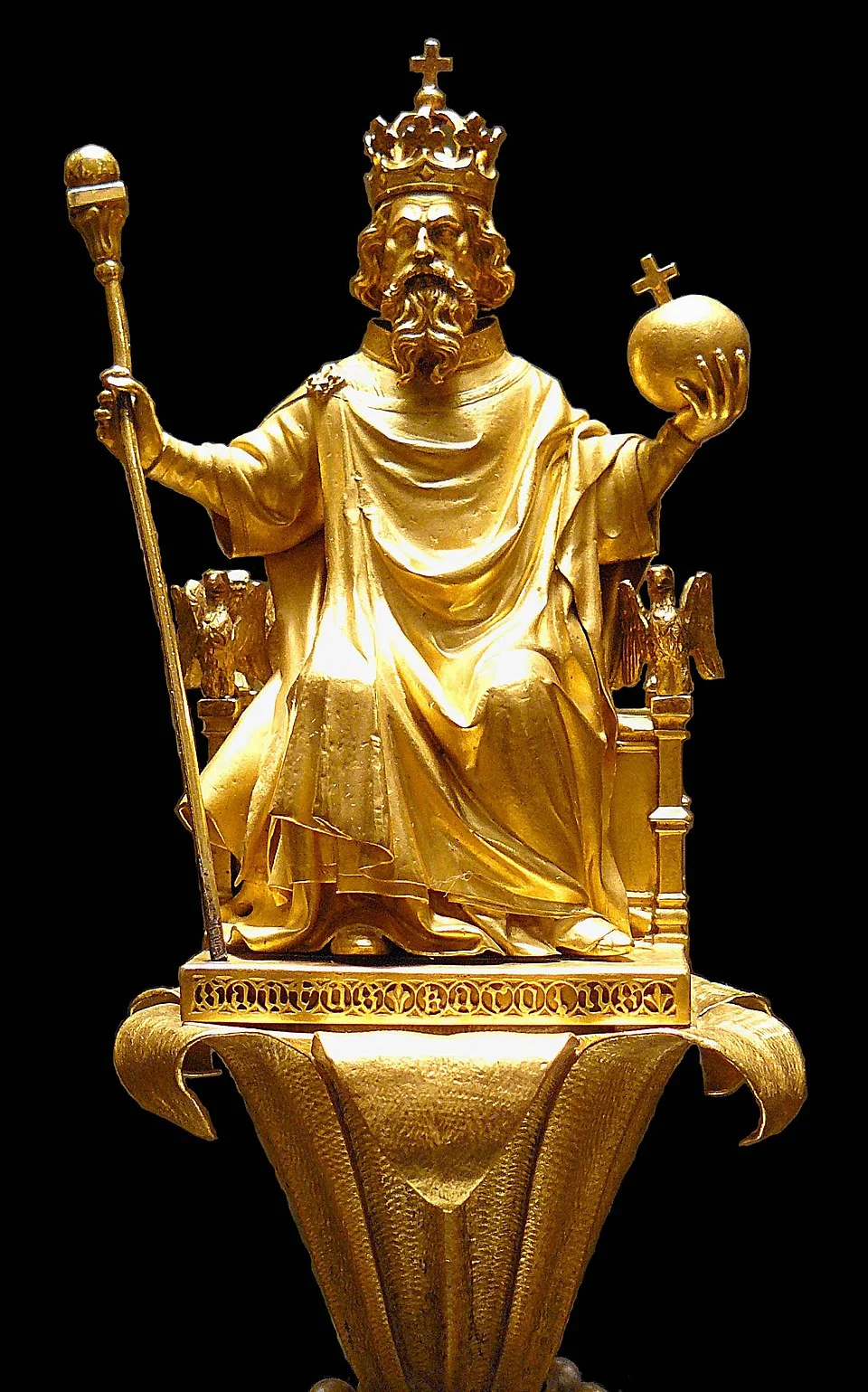
 Igor Bumba / unsplash
Igor Bumba / unsplash 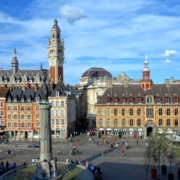
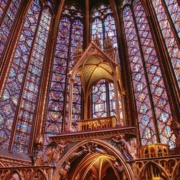
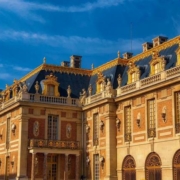
 lo lindo / Unsplash
lo lindo / Unsplash 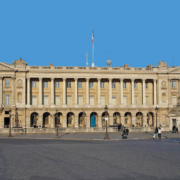 Jebulon / commons.wikimedia.com / CC0 1.0
Jebulon / commons.wikimedia.com / CC0 1.0 
 Cheng-en Cheng / Wikimedia Commons / CC-BY-SA-2.0
Cheng-en Cheng / Wikimedia Commons / CC-BY-SA-2.0
Leave a Reply
Want to join the discussion?Feel free to contribute!